Professor Kevin Baird, heads the Eijkman-Oxford Clinical Research Unit (EOCRU) at the Eijkman Institute of Molecular Biology in Jakarta, Indonesia on behalf of the Centre for Tropical Medicine and Global Health, Nuffield Department of Medicine, University of Oxford, United Kingdom, where he is a Professor of Malariology. In this interview with Roche Diagram magazine, he talks about how more needs to be done to mitigate the threat of malaria in Asia Pacific.

A former Microbiologist with the United States Navy Medical Service Corps, Prof Baird has spent the last four decades focusing on malaria. Yet, he is equally at ease talking about the history that surrounds the majestic Eijkman Institute building and the colonial occupation of Indonesia, his home for the last 30 years, as he is highlighting the vital role research plays in combatting malaria.
Although he fell into malaria research by accident, his beliefs as a self-confessed naturalist made him stay on. Prof Baird said, “Malaria is a naturalist’s disease with its complex lifecycle intimately tied to ecology by anopheline mosquitoes.”
The World Health Organization (WHO) World Malaria Report 2017 estimated that there are about 216 million cases of malaria in 91 endemic countries.1
According to Prof Baird, there tends to be a greater focus on Africa and not enough on Asia Pacific when it comes to malaria. Consequently, research efforts and investments seem to reflect this. For instance, in 2016, an estimated USD 2.7 billion was invested in malaria control and elimination efforts globally, with 74% of it going to Africa and 7% towards efforts in Southeast Asia.1
Which is why Prof Baird laments the global generalisation of malaria.
There is no denying that malaria is a serious issue wherever it occurs in the world. But it is also important to understand that malaria in Asia Pacific is different,” said Prof Baird.
We need to see malaria more broadly than as an African public health challenge.
“In sub-Saharan Africa, Plasmodium falciparum (P. falciparum) transmitted by the Anopheles gambiae group of mosquitoes overwhelmingly dominates. However, in Asia, Plasmodium vivax (P. vivax) occurs in nearly equal measures at lower levels of transmission and are transmitted by several dozen important anopheline vector mosquito species,” he said. “Vivax malaria is a fundamentally different problem,” he explained.
“Asian malaria needs its own implementation of malaria control measures because the adoption of solutions that are suited for malaria in Africa are inadequate to address the situation here,” he further added. Prof Baird said his immediate concern is a resurgence of malaria in Asia, which could unravel the years of progress that has been made since the resurgence that occurred here during the 1980s and 1990s.
Drug resistance threatens most people living with malaria. However, the greatest problem with malaria in Asia is the inadequate access to diagnosis and treatment along with derelict vector control capacities.
“If we believe and act as though drug resistance is the primary problem, we may be missing the chance to address a far more widespread and lethal problem – delayed or absent diagnostic services, poor access to treatment and unchecked vector mosquito populations.” To increase the understanding of malaria in Asia, Prof Baird’s research group and partners have spent many years studying the neglected malaria parasite P. vivax.
“Most vivax malaria occurs in Asia and the historic neglect of that species is directly linked to the broader neglect of Asian malaria. I focused my research on vivax malaria, very simply, because I live and work in Asia where this malaria – relatively difficult to diagnose and properly treat – mostly affects the isolated rural poor. Treatment against repeated attacks of vivax malaria requires a drug called Primaquine, and that drug is very dangerous to patients with an inherited abnormality called Glucose-6-Phosphate Dehydrogenase (G6PD) deficiency. About 8% of Asians in South and Southeast Asia have this abnormality. Giving Primaquine blindly and without monitoring is dangerous. Research that gives these patients safe access to the right treatment and prevents unnecessary repeated malaria attacks, will yield immediate and substantial health dividends for the entire region. Access to the diagnosis of G6PD deficiency may be the most important technical problem to solve regarding the Asian malaria problem.”
Our communities would benefit enormously by more vigorous efforts aimed specifically at the singular and diverse Asian malaria problem.
Hopeful that diagnostic tools, advances in treatment, digital technology in healthcare and continued research will deliver tremendous value, Prof Baird said “with the right approach, we can very well change malaria from the major problem it is in Asia today to a relatively minor one. That probably means reducing the burden from hundreds of millions of cases by seven species of parasites to merely hundreds or thousands of cases by just two or three relatively rare species.2 We don’t necessarily require elimination or eradication of all malaria as a benchmark for great success. We need research and better tools to get us there.”
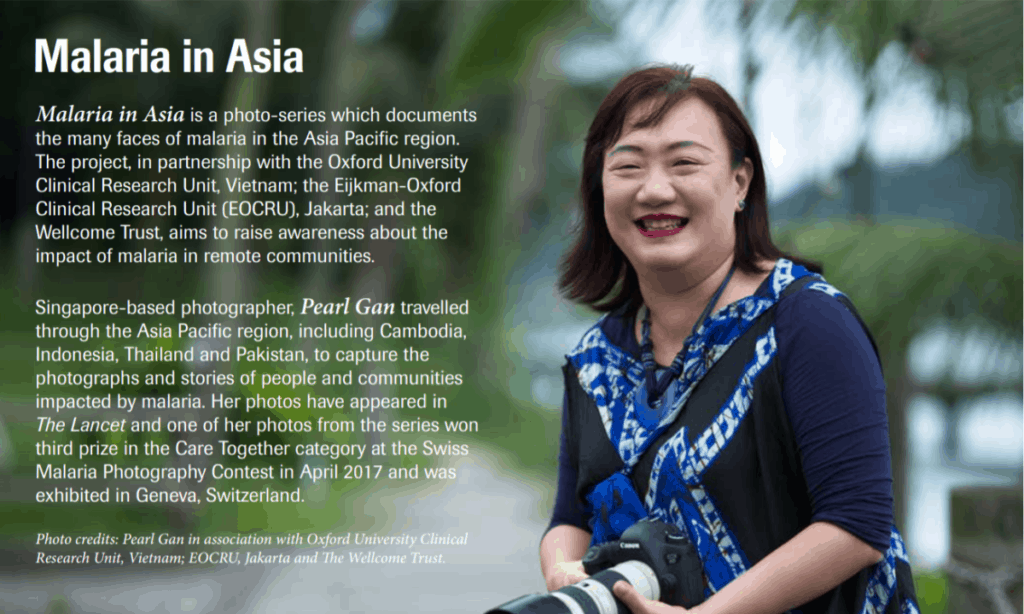
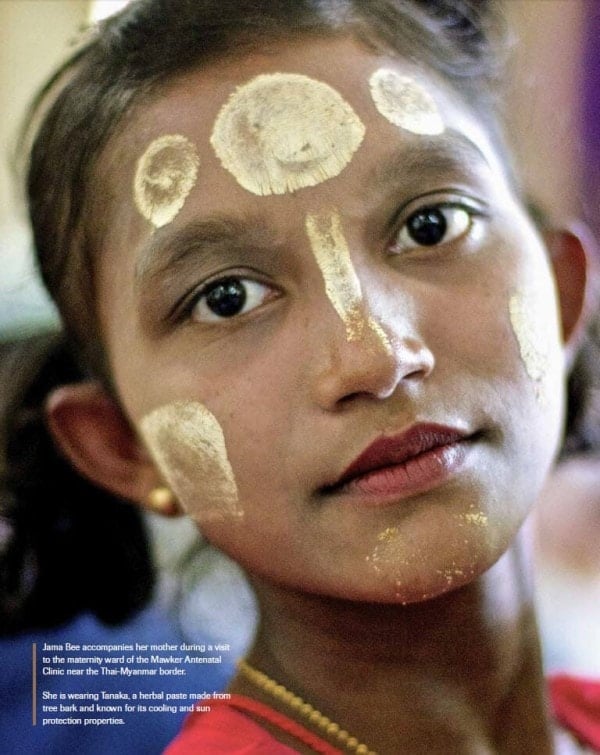
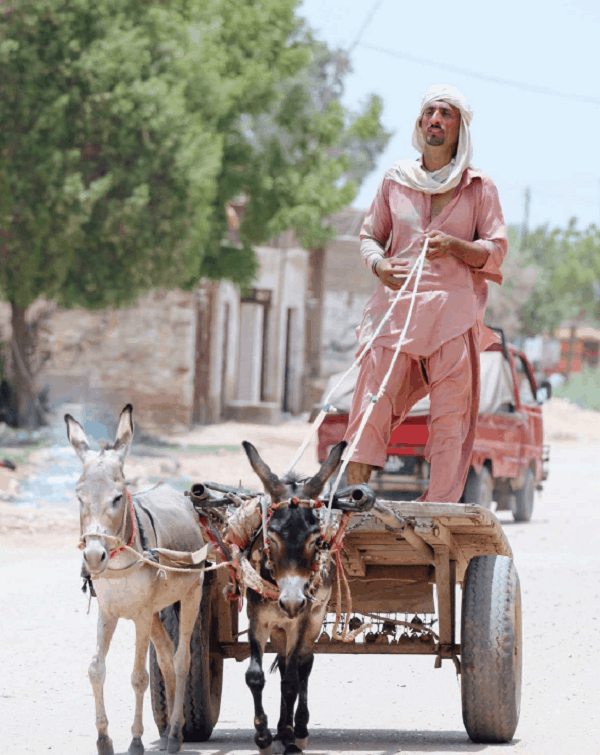
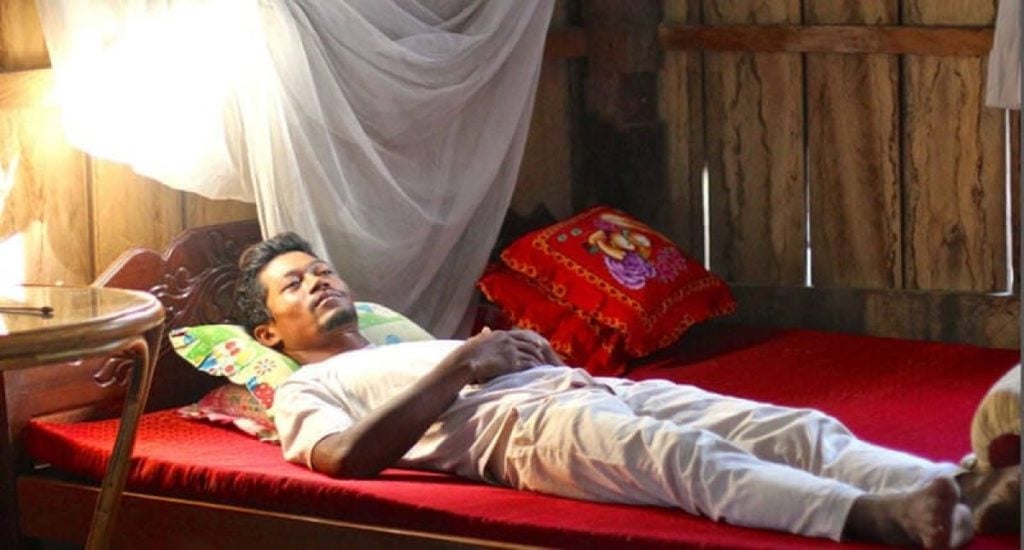
A Cambodian forest worker, Mr Vong Phou recovers at home from yet another attack of malaria, this time by both Plasmodium falciparum and Plasmodium vivax.
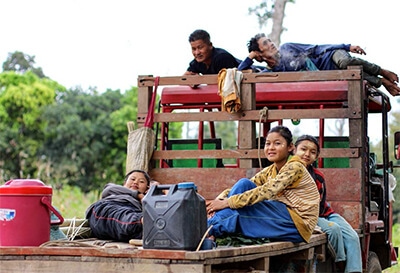
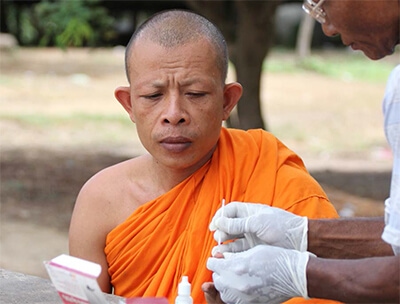
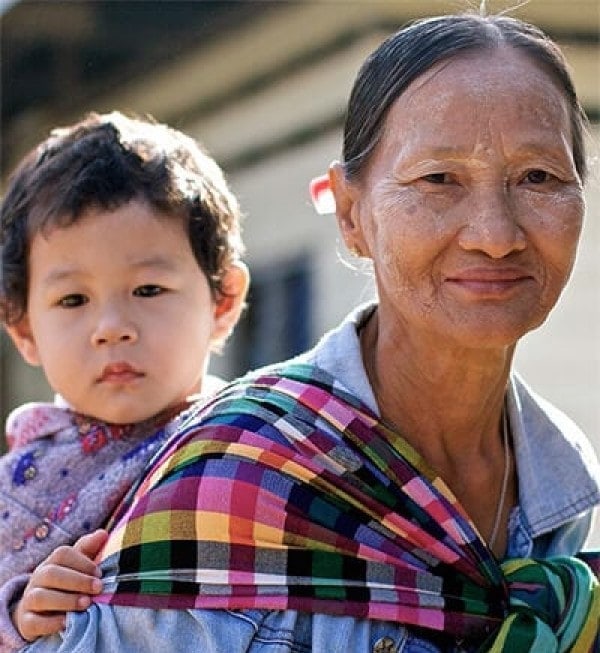
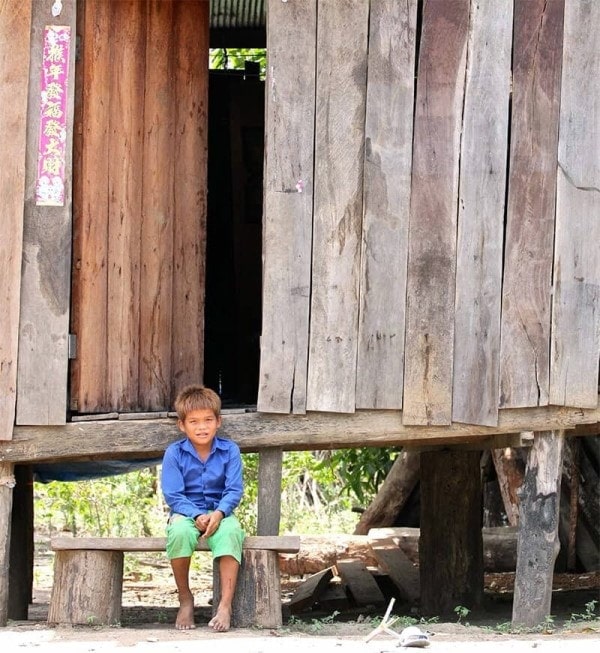
References:
¹World Health Organisation. 2017. World Malaria Report.
²Phuong MS, Lau R, Ralevski F, Boggild AK. 2016. Malar J. 2016 Nov 10;15(1):550. Parasitological correlates of Plasmodium ovale curtisi and Plasmodium ovale wallikeri infection.”
3World Health Organization Western Pacific Region. Factsheet on Malaria in Cambodia.














